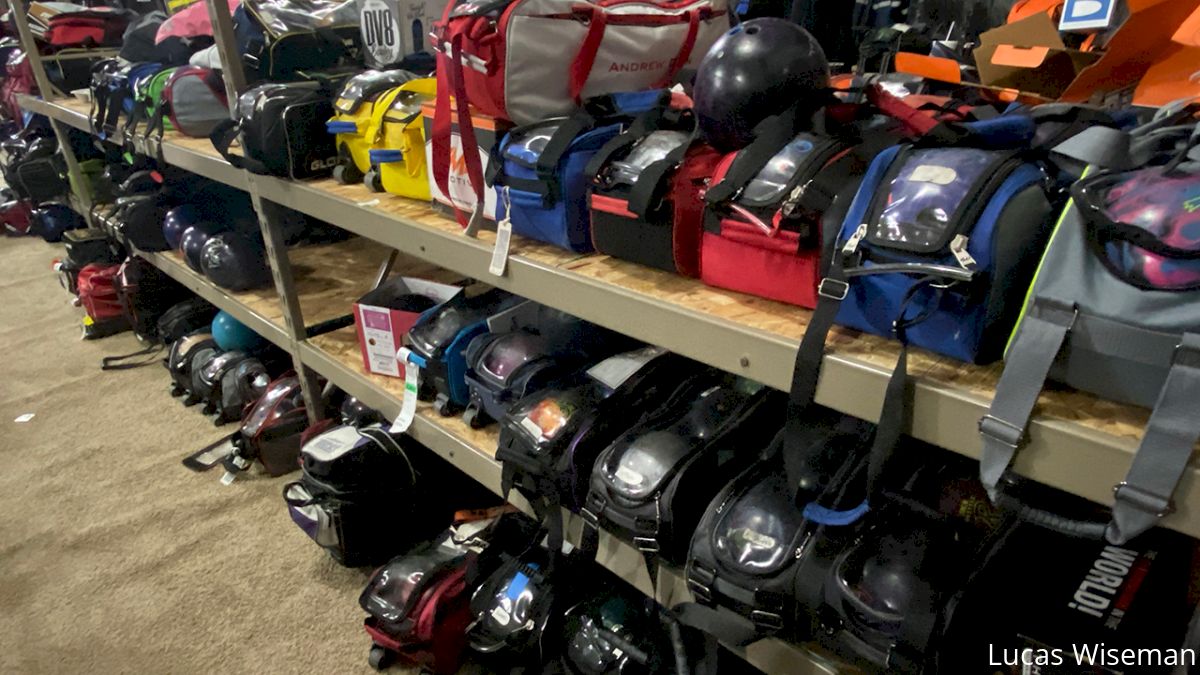Stremmel: USBC's Urethane Test Explained And What's Next
Stremmel: USBC's Urethane Test Explained And What's Next
Former USBC head of equipment specifications Neil Stremmel explains why USBC's urethane testing was important and what is on the horizon.

Unlock this article, live events, and more with a subscription!
Already a subscriber? Log In
In the early 1970s, due to a surge in bowling ball technology, the equipment specification department at the American Bowling Congress tested the hardness of bowling balls.
Using Shore D, an existing scale that was set up originally for hard rubbers, it was determined that the footprint (the surface width of the ball touching the lane) of bowling balls above 72 hardness were very consistent. But once the hardness dropped below 72, the footprint began to increase.
Admittedly, the technology used at the time was essentially a ball rolling over carbon paper, but it was distinct, and I believe held up in court.
Once this new specification was put into place any ball less than 72 was not allowed. Balls like the SD-62 became illegal. Balls that were soaked in MEK or other softening chemicals were tested at tournaments. If they were too low, they were not allowed.
At some point over the years, as ball technology continued to advance, this check became less important – to the point that it was essentially removed from all events.
If you’ve ever seen the flare rings of oil on a bowling ball, you’ve seen the footprint I am talking about. Now imagine those rings being twice as wide on the ball. The footprint is doubled and the amount of oil removed by a flaring ball would double. This would have a dramatic effect on the pattern integrity and the pattern would not hold up as well as designed.
Since USBC recently implemented a new oil absorption specification, they are obviously looking to make sure the pattern holds up as long as possible. Couple this with the return of urethane and you can see that there is going to be an issue. It is therefore imperative that they uphold the hardness specification. A rule with no enforcement is, in many ways, worse than no rule at all.
In a lot of ways the Purple Hammer hardness issue is not a big deal at all. It is not a high performance resin ball with a large RG differential yielding a ton of flare.
If this were to go unchecked, however, imagine a high flaring resin ball with twice the footprint. Now imagine several on every pair. The change in the pattern would be drastically faster.
Now I admit I don’t know what hardness value it would take for the footprint to double. This would be good information for us to have. Does it double at 68? 60? 20? What is the percentage increase between 72 to 68 to 62? It must be more than a couple of percent, but how much? To me that becomes critical.
So, moving forward, there are a few things to look at and realize.
Currently, if a manufacturer changes its manufacturing location, they need to resubmit samples for approval (i.e. if Brunswick would like to continue the manufacturing of existing Ebonite products, they will have to resubmit samples for approval).
It initially appeared that certain batches (serial numbers) were the ones affected, but USBC posted a preliminary report on the testing at the U.S. Open that states it is not a specific batch or set of batches.
If it is related to the amount of games or age of the urethane ball, it sounds like a statistical test to determine a starting hardness that will make sure it does not drop below 72 should/could be a new manufacturing specification for urethane balls (assuming that value if feasible and physically possible).
Perhaps some of you feel it is necessary to check all balls at all tournaments such as the USBC Open Championships. Just note that there were only two balls out of hundreds at the TOC that tested low. This is less than 1 percent.
Enforcement through the manufacturing process should be more than capable of verifying that virtually all balls stay within the limits. Inevitably, over the years there will be an instance or two that require additional testing and follow up like this.
It is important, in my opinion, that this is handled and the rules are upheld. Otherwise we will lose the integrity that we have.
Neil Stremmel worked for the United States Bowling Congress for 16 years and oversaw the governing body’s equipment specifications department during much of his tenure.